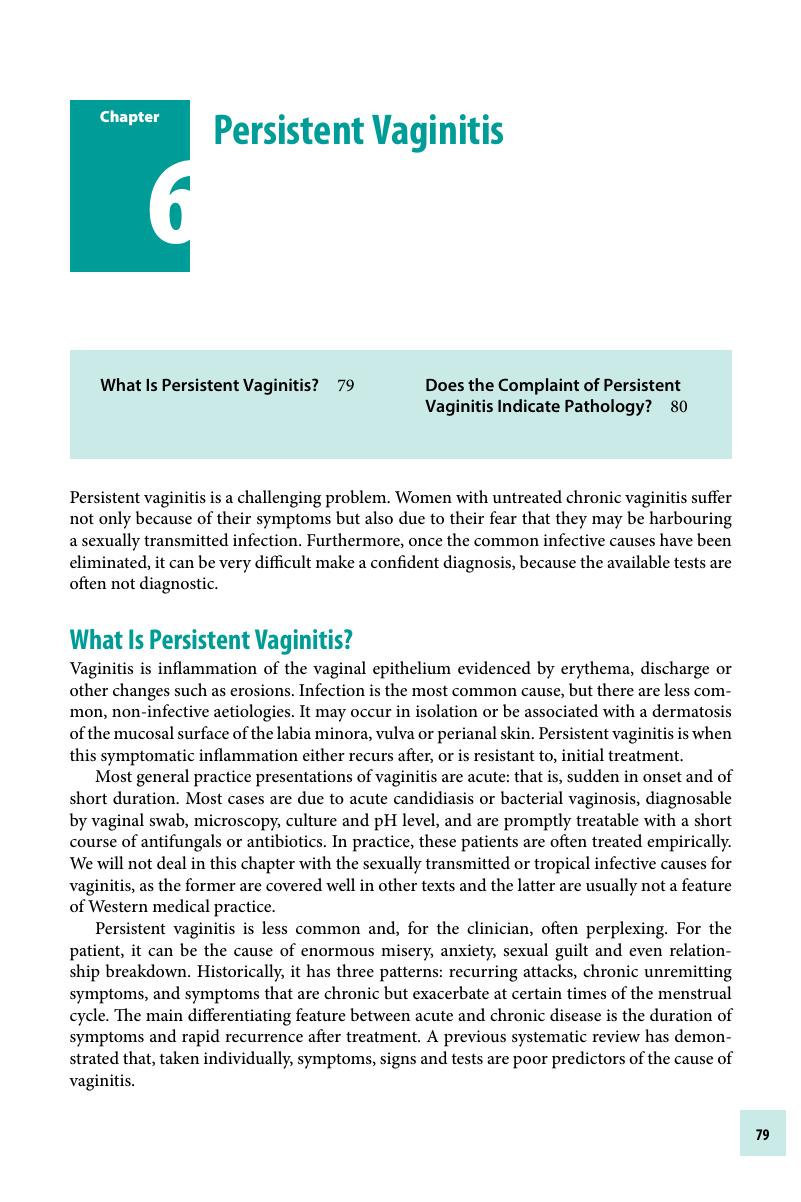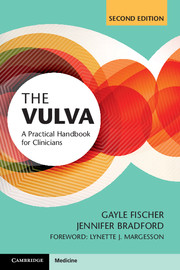Book contents
- The VulvaA Practical Handbook for CliniciansSecond edition
- The Vulva
- Copyright page
- Contents
- Foreword
- Preface
- Glossary
- Chapter 1 The Basics
- Chapter 2 Using Topical Corticosteroids on the Vulva
- Chapter 3 Red Vulval Rashes
- Chapter 4 Things That Look White
- Chapter 5 Things That Ulcerate, Blister and Erode
- Chapter 6 Persistent Vaginitis
- Chapter 7 Lumps – Normal, Benign and Malignant
- Chapter 8 Vulval Pain and Dyspareunia
- Chapter 9 Vulval Disease in Children
- Chapter 10 Myths and Pearls
- Index
- References
Chapter 6 - Persistent Vaginitis
Published online by Cambridge University Press: 27 October 2016
- The VulvaA Practical Handbook for CliniciansSecond edition
- The Vulva
- Copyright page
- Contents
- Foreword
- Preface
- Glossary
- Chapter 1 The Basics
- Chapter 2 Using Topical Corticosteroids on the Vulva
- Chapter 3 Red Vulval Rashes
- Chapter 4 Things That Look White
- Chapter 5 Things That Ulcerate, Blister and Erode
- Chapter 6 Persistent Vaginitis
- Chapter 7 Lumps – Normal, Benign and Malignant
- Chapter 8 Vulval Pain and Dyspareunia
- Chapter 9 Vulval Disease in Children
- Chapter 10 Myths and Pearls
- Index
- References
Summary

- Type
- Chapter
- Information
- The VulvaA Practical Handbook for Clinicians, pp. 79 - 84Publisher: Cambridge University PressPrint publication year: 2016



